Dark Side of the Mountain
The Case of Belinda Peisley

A Treacherous Environment
On September 26, 1998, at around 8:50 pm, a nurse saw a young girl leaving Katoomba Hospital. She exited triage and walked into the night.
While it didn’t seem like an important moment at the time, she would soon come to realise that girl was nineteen-year-old Belinda Peisley and it would be the last time Belinda was ever seen again.
With no answers, a flawed investigation, and a number of possible suspects, many people have been left wondering what happened to Belinda Peisley?
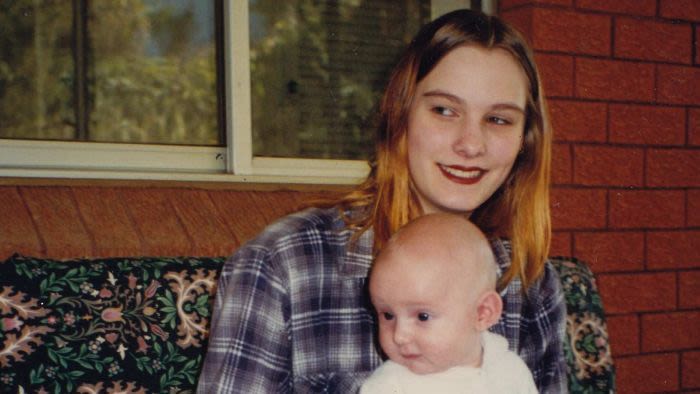
Belinda Peisley. Photo: ABC News
Belinda Peisley. Photo: ABC News
Belinda Peisley disappeared in the Blue Mountains, a rugged region west of Sydney. The mountains are known for their breathtaking scenery, soaring sandstone ridges, and historical villages. However, the area also has a sinister edge.
Since 1992, at least nine women have disappeared with many either being discovered murdered or never resurfacing again.
With high rates of domestic abuse, drug use, and stalking, the Blue Mountains has a dark side.
“The thing about the Blue Mountains is that it’s beautiful when you experience it as a tourist but there’s something about the place I don’t like if I’m being honest…there’s almost this negative energy that hangs in the air of Katoomba,” says film director & producer Helen Barrow

Katoomba, NSW. Photo: Supplied
Katoomba, NSW. Photo: Supplied
Ms Barrow has been following the case since its coronial inquest in 2013. This provided the backdrop for her 2018 documentary Who Killed Belinda Peisley?
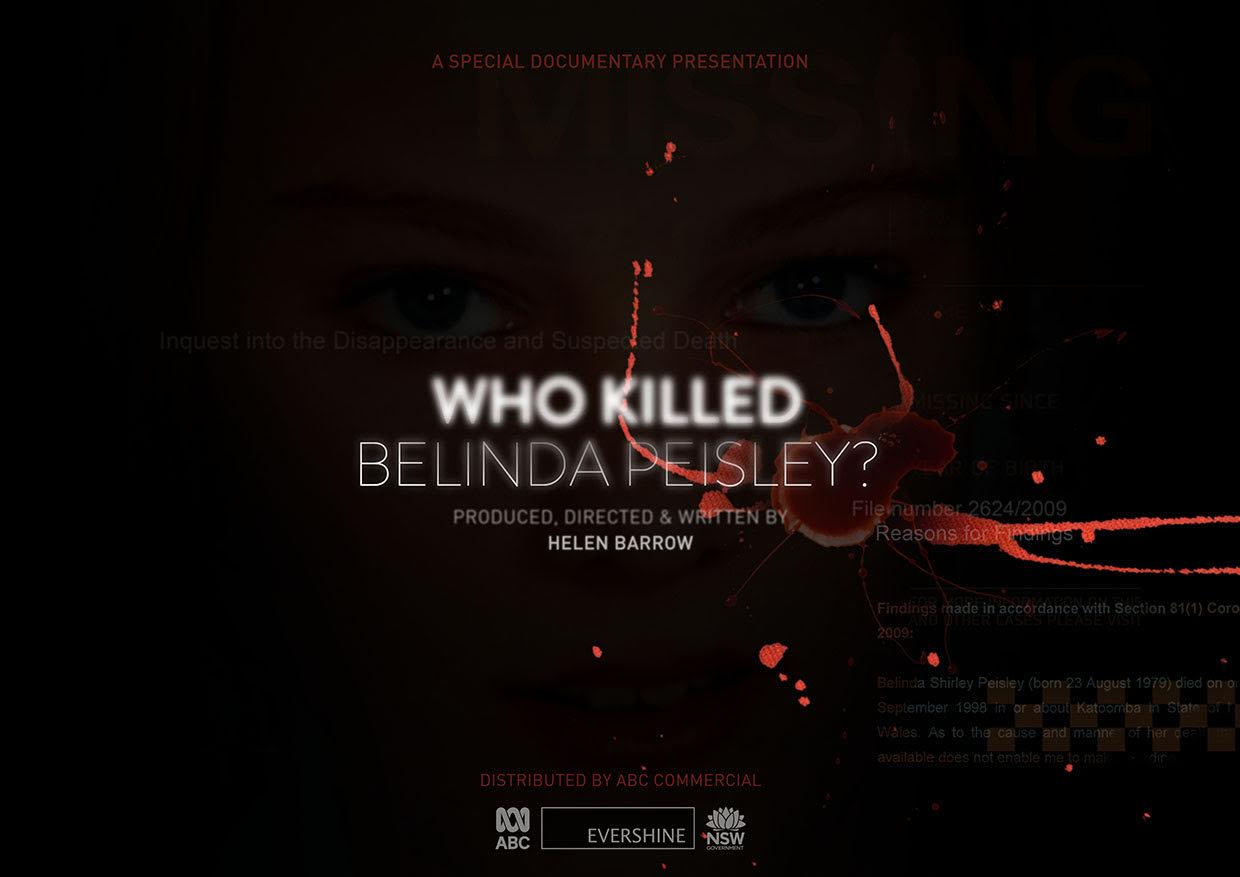
Who Killed Belinda Peisley? - Directed by Helen Barrow
“Katoomba has a high level of unemployment, and there’s a big margin between those who have and don’t have because of the tourism nature. So, a lot of money goes through the town for a small group of people…A lot of people there are marginalised and often forgotten really,” explains Ms Barrow.
This high level of unemployment has fostered the large illicit drug scene within the region, a scene the young Belinda, a mother of two, found herself in.
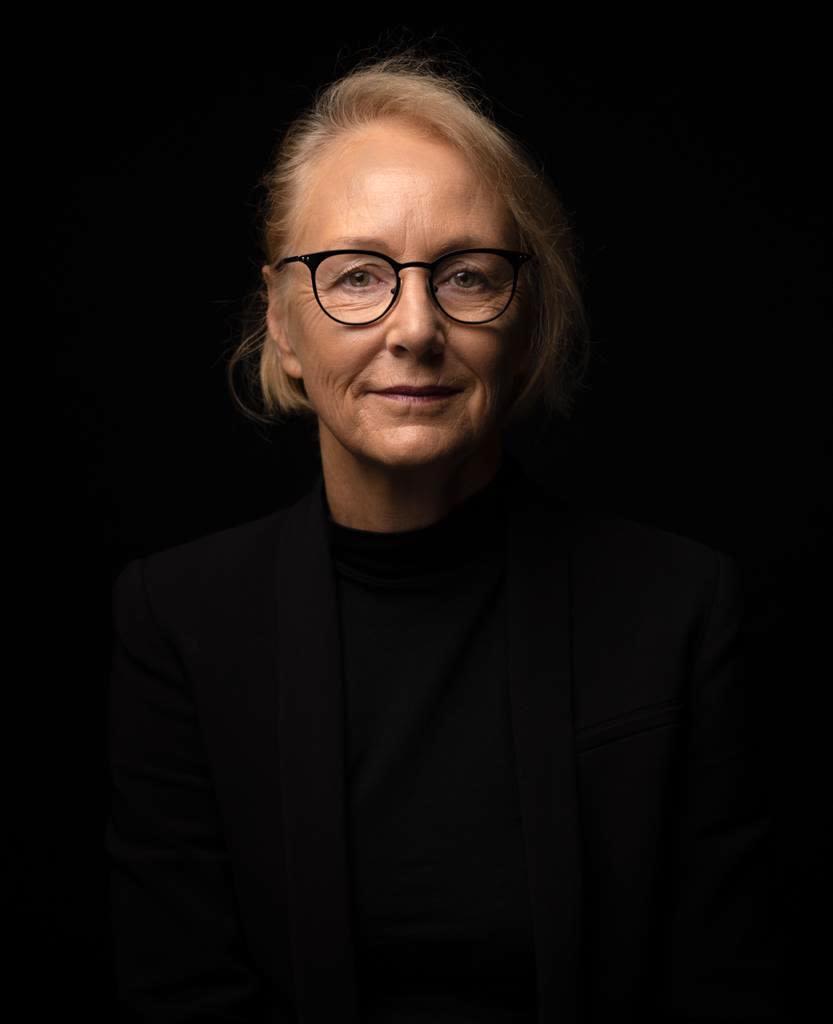
Film Director & Producer - Helen Barrow. Photo: Supplied
Film Director & Producer - Helen Barrow. Photo: Supplied
Belinda didn’t have the easiest time in her younger years, growing up with father Mark Wearne absent from her childhood and mother Lesley battling a number of mental health issues.
As she entered high school she fell in with what her father described as the “wrong crowd”, a crowd that appeared to take advantage of her.
A year before she disappeared she had inherited $150,000 from a distant relative. With this money, she bought a home in Katoomba where she hoped to raise her family one day.
It appeared though that many people stood over Belinda. She told her friend Heidi Wailes that her house was basically being used as a “public toilet”.
Belinda now appeared to not even have control over her property and this supposedly really weighed on her mental health.
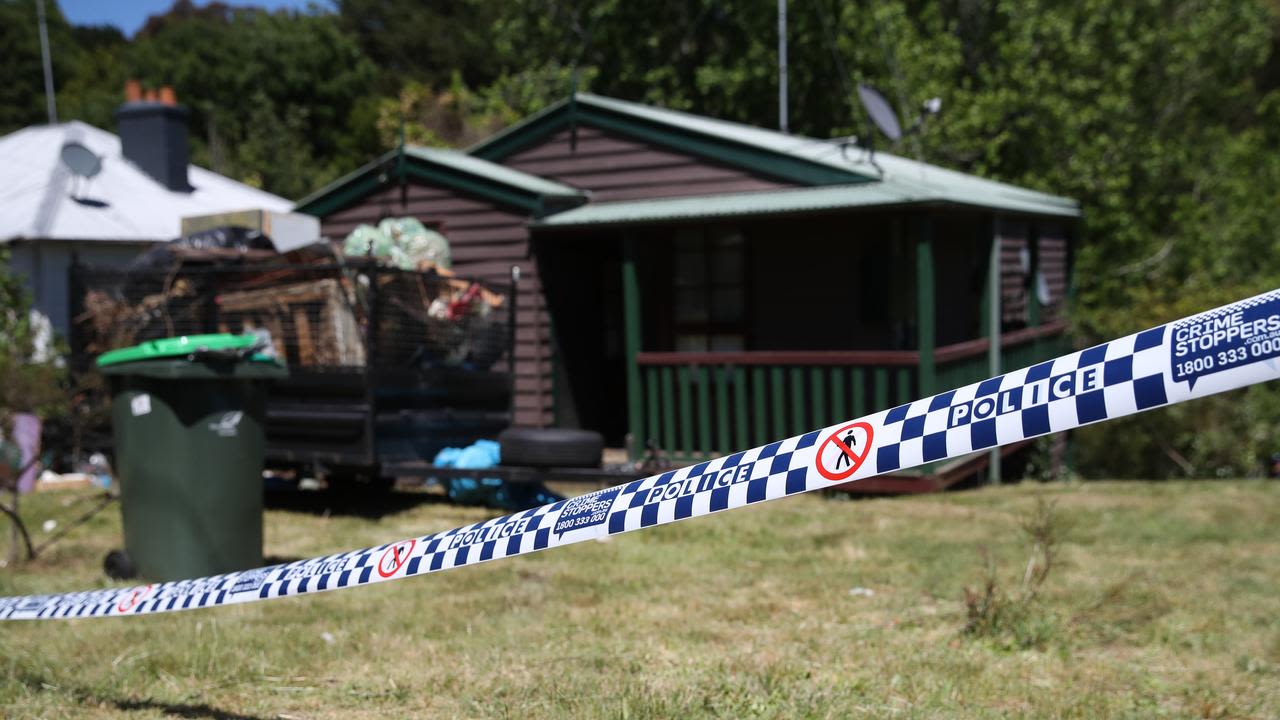
Belinda Peisley's Katoomba home. Photo: Blue Mountains Gazette
Belinda Peisley's Katoomba home. Photo: Blue Mountains Gazette
Various individuals came and went as they pleased and Belinda was often the victim of robberies, many perpetuated by her own ‘friend’ group.
“All of them were unreliable, they all used her. None of them were true friends,” said Belinda’s father, Mark Wearne.
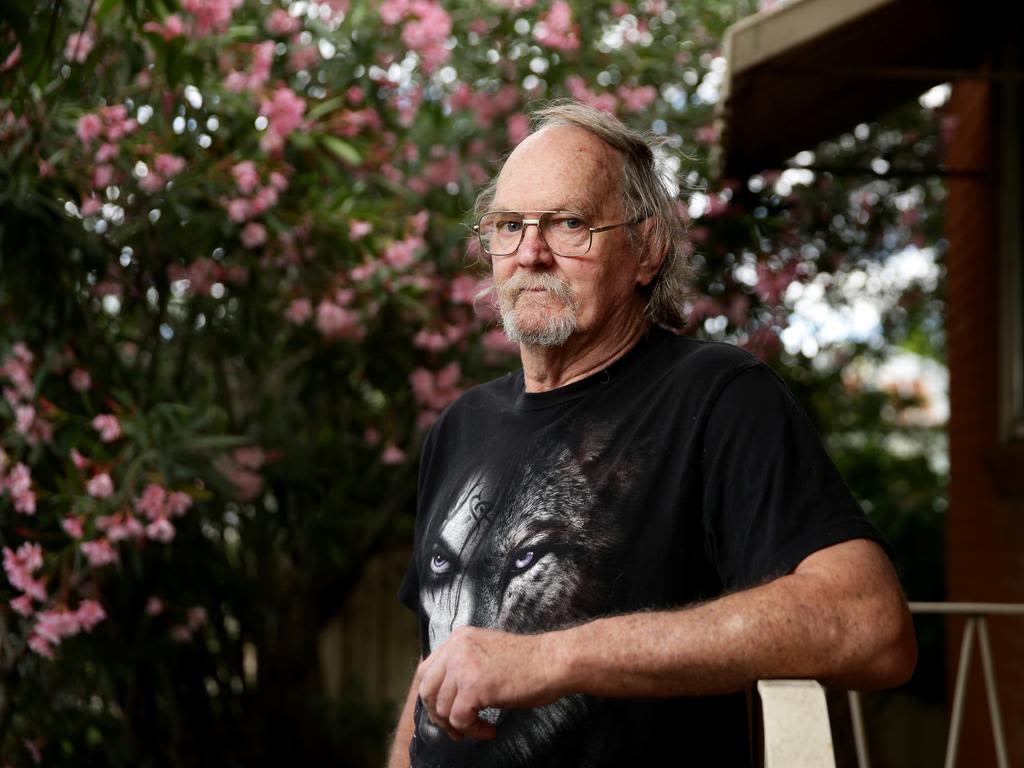
Mark Wearne. Photo: Herald Sun
Mark Wearne. Photo: Herald Sun
At the time of her disappearance, Belinda was completely broke, power had been switched off at her residence and she had debts of up to $5000 owed to credit cards, electricity, and telephone bills.
“She had literally run out of money, her inheritance was gone and she wasn’t seen as useful anymore,” said Ms Barrow.


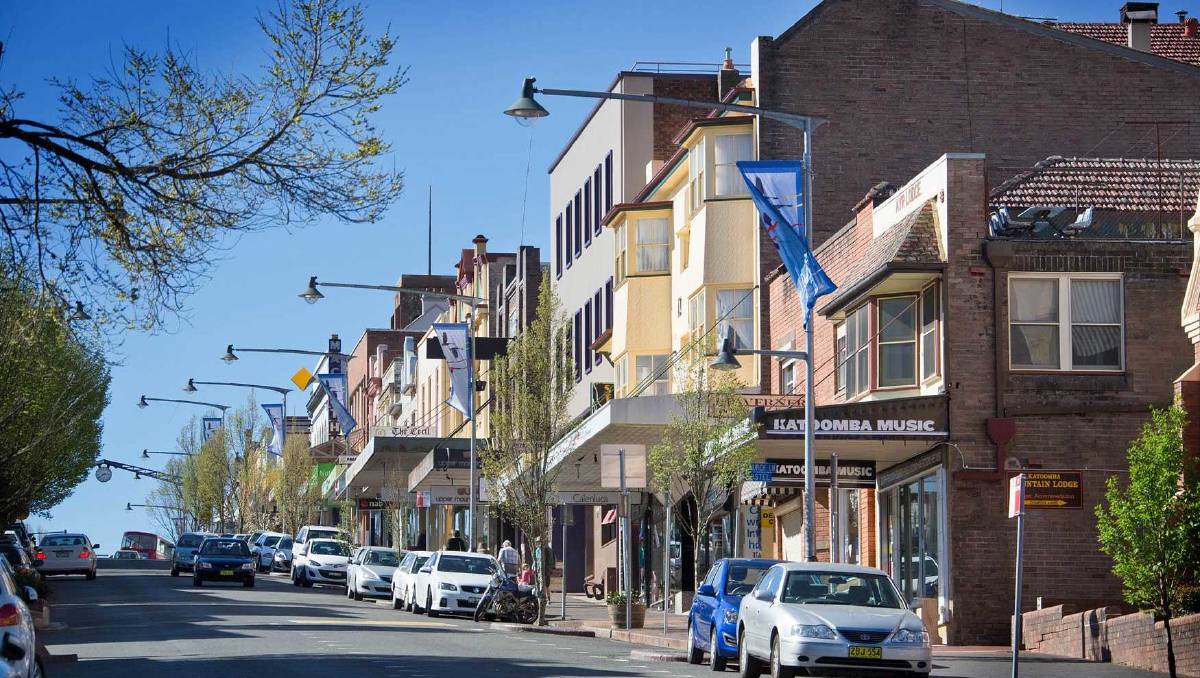
A Flawed Investigation
Barrister Phil Strickland was a part of the counsel assisting at Belinda Peisley’s coronial inquest in 2013.
He has always been critical of the local police’s attitude to the case, especially what he claims was the lacklustre response in starting a proper investigation.
In any investigation, the first 48 hours are often seen as the most critical. Often referred to as “the golden hours”, this is the period of time just after a crime or potential crime has been committed, where potential evidence is at its freshest and most easily attainable.

Barrister Phillip Strickland. Photo: Supplied
Barrister Phillip Strickland. Photo: Supplied
“Because of the time it took them to properly investigate they would have missed vital clues. As a result, it was near impossible for them to conduct as thorough of an investigation. It was just inadequate… They didn’t take it seriously, that’s number one," says Mr.Strickland.
Ms Barrow echoed a similar sentiment in regards to the investigation
“The delay in calling her residence a crime scene was a massive mistake. All that information at the site is contaminated by people going back and forth.”
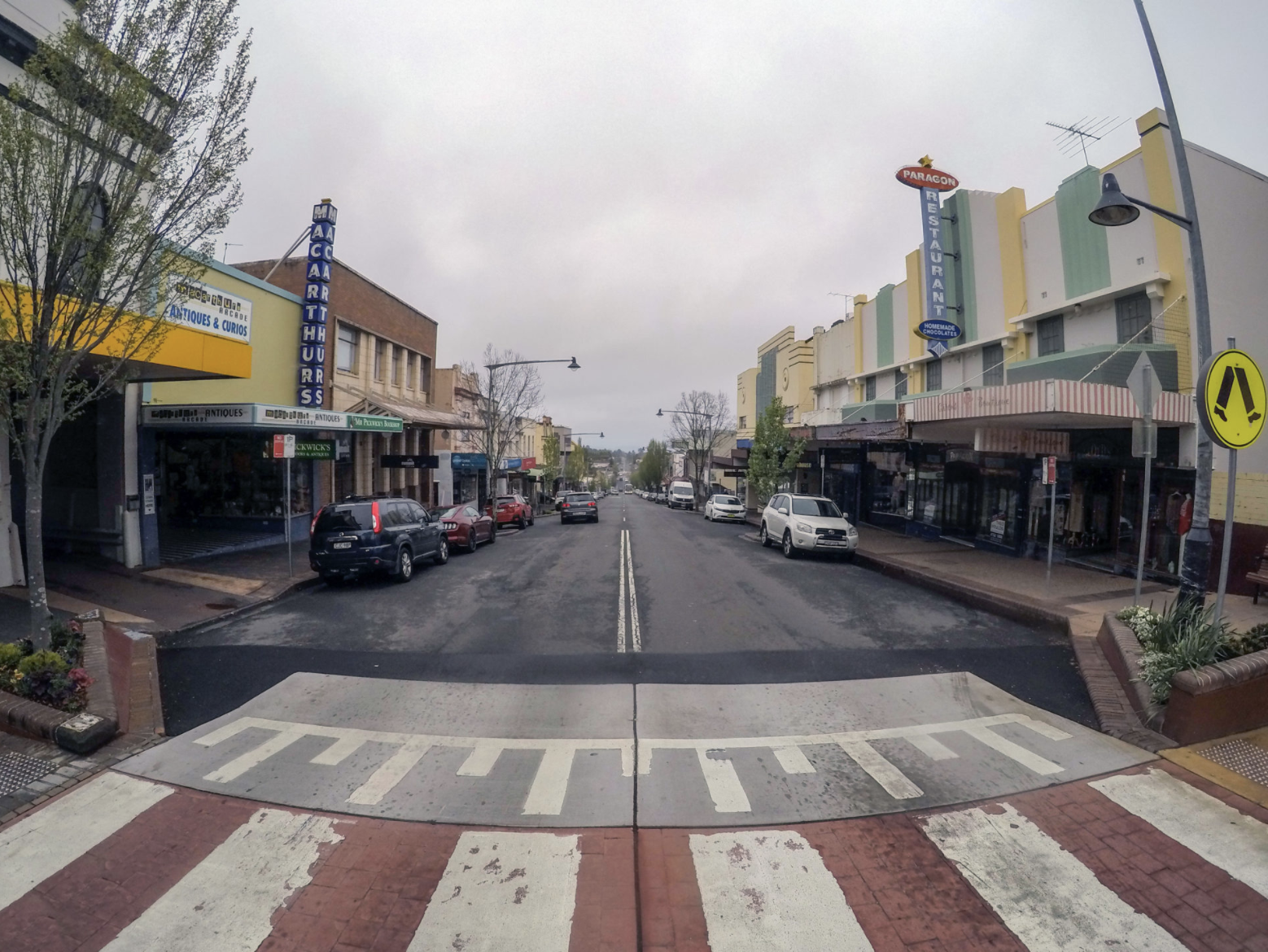
Continued Shortcomings
In the days after her disappearance, neighbours reported seeing many people coming and going from Belinda’s residence.
This included several robberies that could have removed or contaminated possible evidence.
One of the biggest shortcomings of the investigations was the lack of forensic sampling by the police.
There were reports of blood in the bathroom of her residence as well as most of the living spaces appearing as if they had been ransacked.
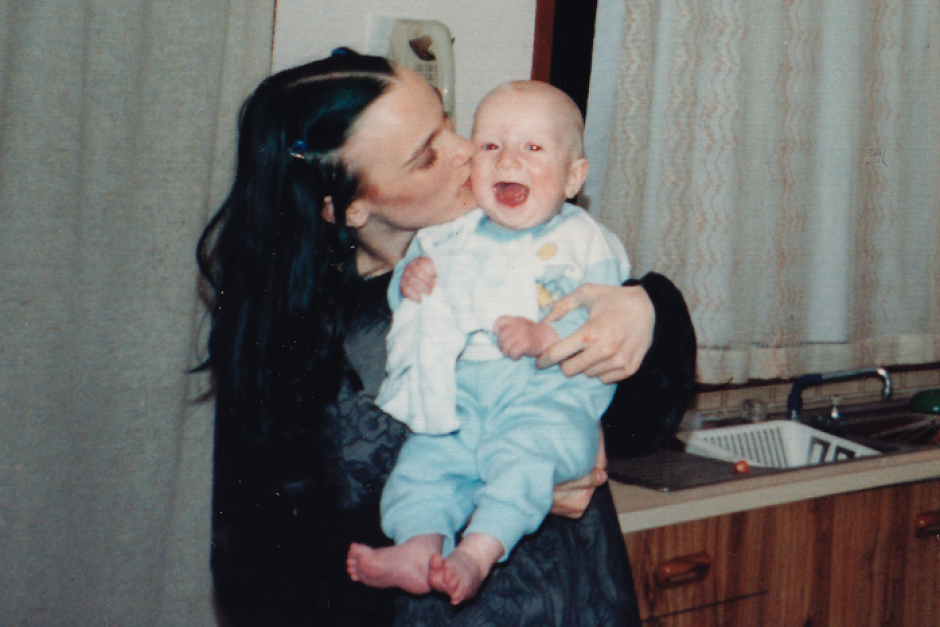
Belinda Peisley and her son. Photo: ABC News
Belinda Peisley and her son. Photo: ABC News
“The answers would have been there if they had closed off the house straight away, as they should have. It was DNA that would have proven who was at the site at the time, by the time they got there everything was contaminated,” said Ms Barrow.
When asked why the police’s preliminary response was so lacking, many seemed to cite a level of stereotyping by the police that Belinda was nothing more than a “junkie” who had “gone walkabout”.
As Mr Strickland stated, “The fact that she was a drug addict I believe played a massive role in their initial response, she wasn’t given priority”.
“The general rumours in the police’s attitude at the time was she just hangs out with junkies, she’s a junkie herself. She’s probably left of her own accord," Ms Barrow concurred.
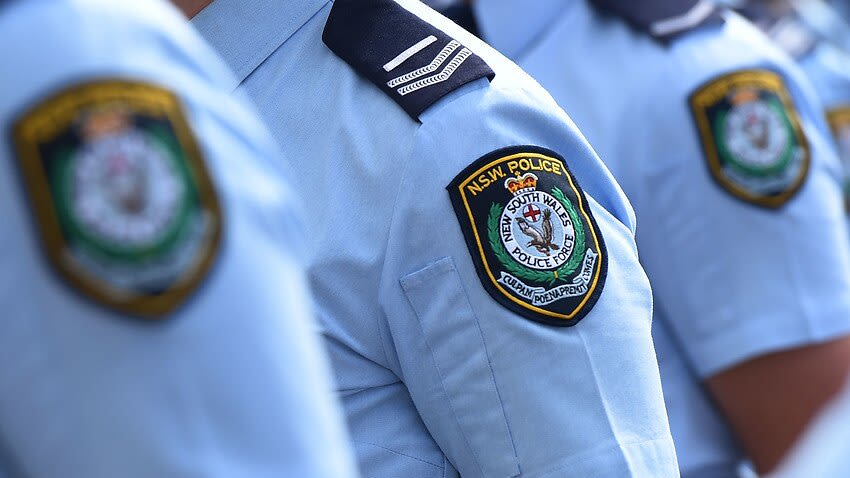
Obvious evidence pointed to this not being the case, with Belinda's personal items such as her wallet, handbag, and other important belongings being left behind at her home.
Belinda was also known as a homebody. She did not possess a driver’s licence or a car, so the theory that she disappeared of her own volition was unlikely.
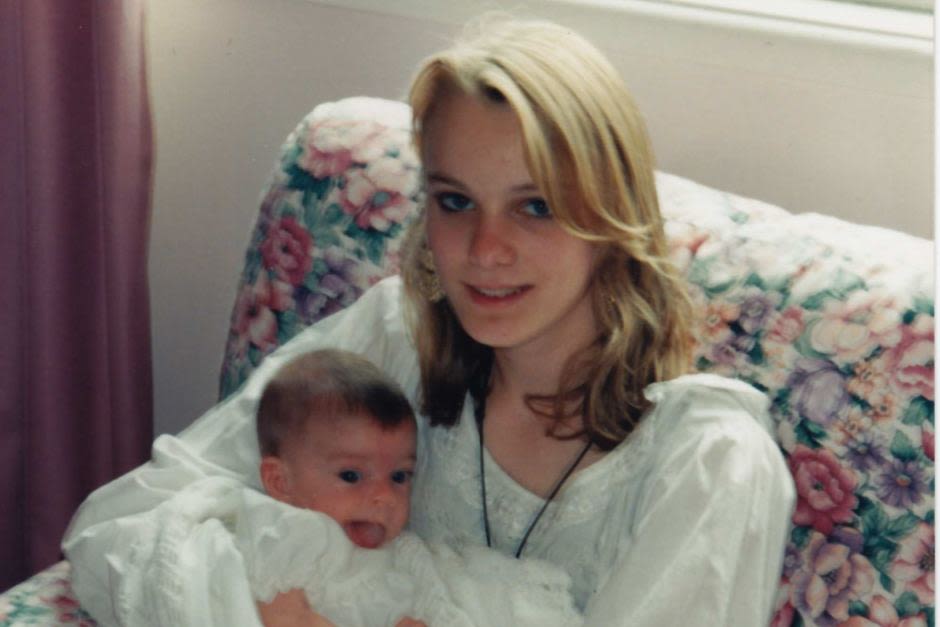
Belinda Peisely. Photo: Australian Missing Person Register
Belinda Peisely. Photo: Australian Missing Person Register
Domestic violence has long been an issue in the Blue Mountains with 181 separate cases in 1998, compared to the state average of 115. On top of this during the same period, there were also 135 cases of sexual assault in the region (state average of 67).
“Back in that time, it wasn’t like it is now,” Strickland said.
“Domestic violence wasn’t taken that seriously by the cops, I’m sure many key witnesses weren’t coming forward because I’m sure they thought they wouldn’t be taken seriously.”
Ms Barrow believes that it was this laissez-faire attitude towards domestic violence that definitely contributed to the lack of information that was coming forward to the police.
“There was a code there at the time. There is still right now to a certain degree. It’s almost as if domestic violence, which is rampant in the mountains, is ok but drugs are not," she said.
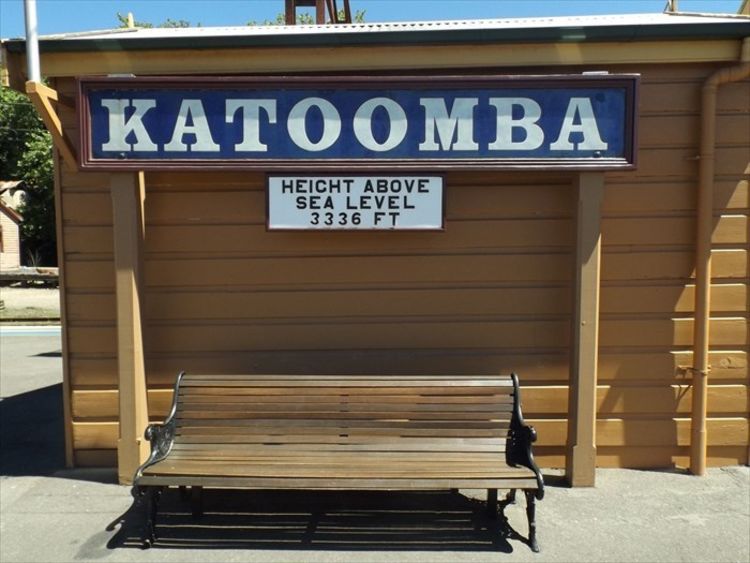
Katoomba Train Station. Photo: Supplied
Katoomba Train Station. Photo: Supplied
It all comes back to who cared.
“Where’s the follow-up? Who cares? No one cared for her that’s for sure. She was stuck in a mean cycle that wouldn’t let her out, and no one was helping her,” said Ms. Barrow.
Just four days after Belinda's missing person’s report was made, police marked it as needing “no further investigation”.
At the most critical moment of the case, mistakes were made that could not be undone.
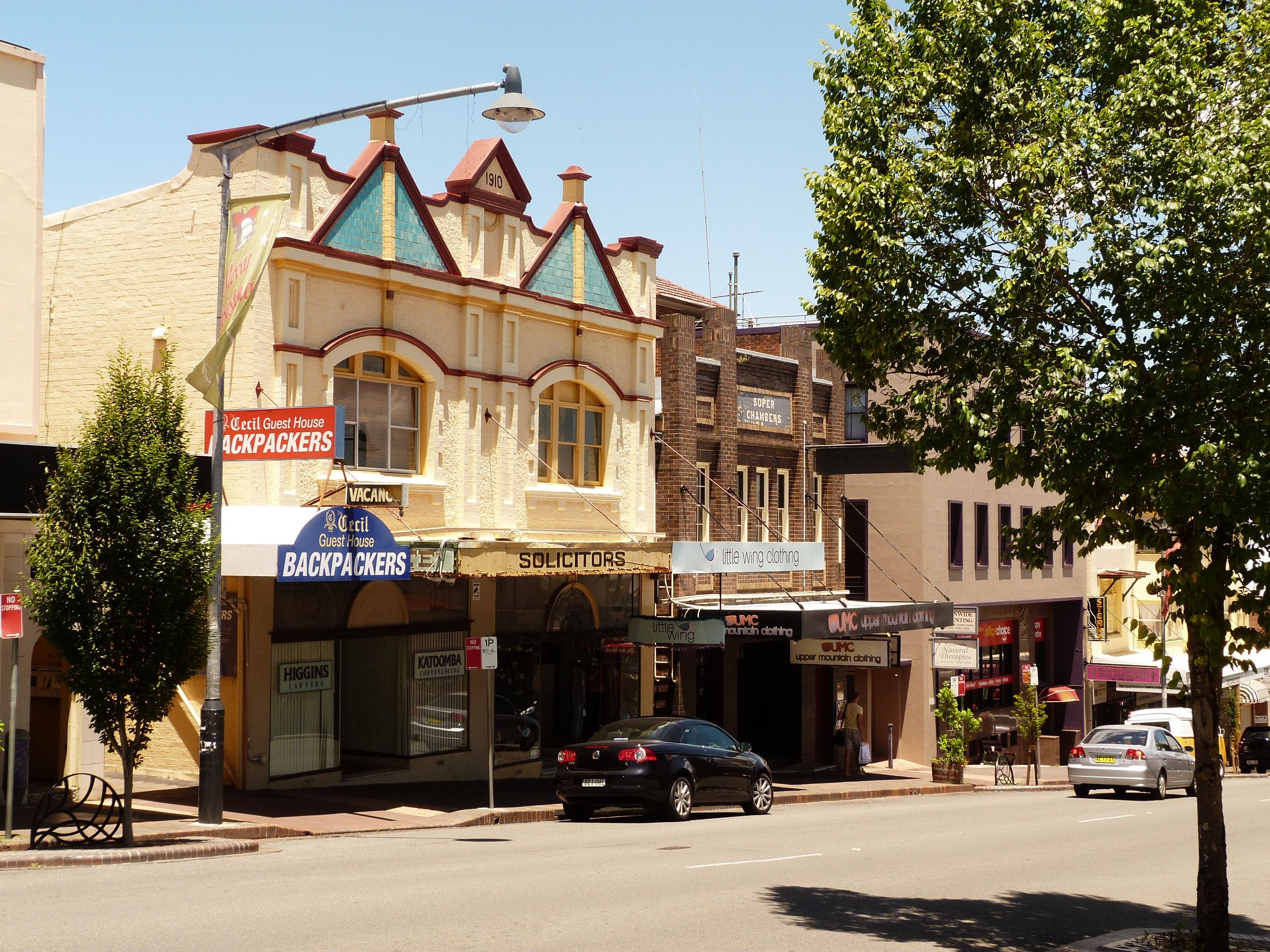
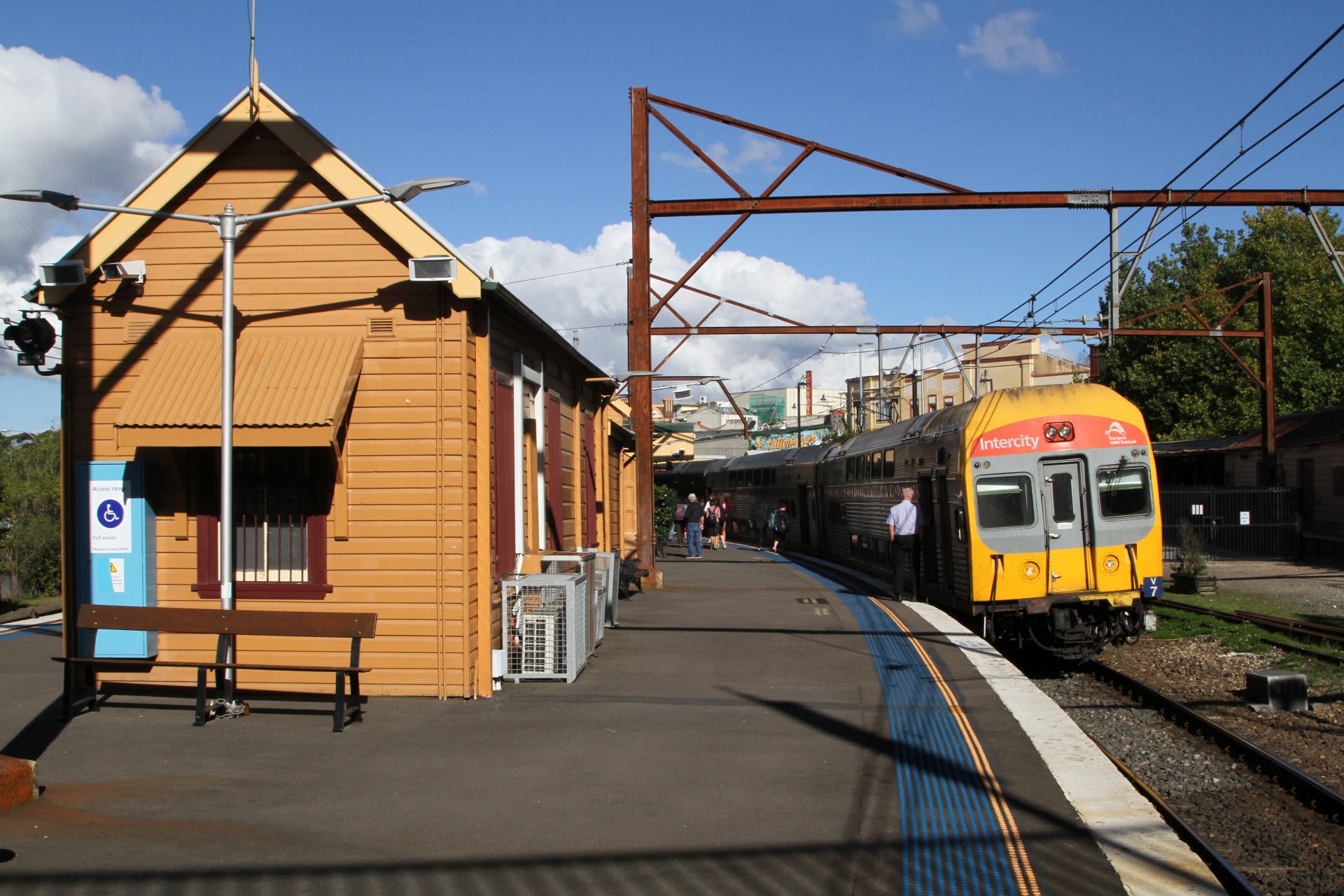
A Veil of Silence
From the end of 2012 through to early 2013, a coronial inquest into the disappearance of Belinda Peisley was held.
A number of different individuals spoke at the inquest including members of Belinda’s family, her friend group and local law enforcement.
While a number of persons of interest were cited, no new evidence or insights were raised in regards to the whereabouts of Ms Peisley.
Deputy State Coroner Paul MacMahon concluded that Belinda Peisley died on or about the 26th of September 1998 in or about Katoomba in the state of New South Wales.
“As to the cause and manner of her death the evidence available does not enable me to make a finding,” said MacMahon.
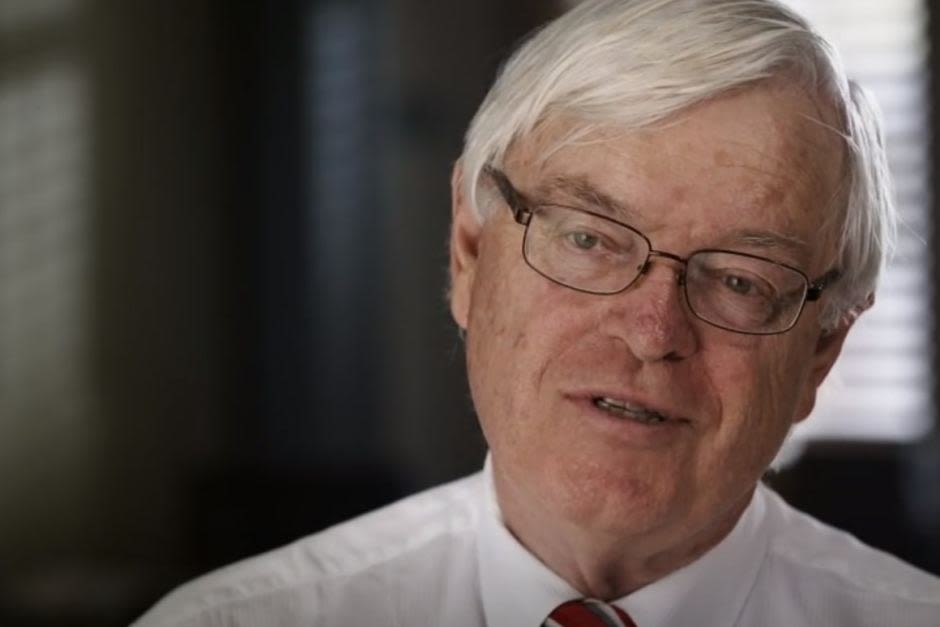
Deputy State Coroner - Paul McMahon. Photo: ABC News
Deputy State Coroner - Paul McMahon. Photo: ABC News
For Phillip Strickland, from the start it felt as if his team was fighting an uphill battle, not only as a result of the poor police investigation but also as a result of the code of silence that enveloped Belinda’s social circle.
“The most difficult part about this case is the veil of silence that descends every time it’s looked into,” Strickland stated.

Belinda's Peisley's Ex-Boyfriend. Photo: Who Killed Belinda Peisley?
Belinda's Peisley's Ex-Boyfriend. Photo: Who Killed Belinda Peisley?
“No one wanted to speak, either because they were scared of what would happen to them if they did or because they were scared of incriminating themselves.”
But at one point, it appeared they were finally going to catch the break they so desperately needed, in the form of Belinda’s ‘best friend’ Heidi Wailes.
Ms Wailes was cited by deputy state coroner Paul MacMahon as being “most unimpressive and lacking in regards to credibility”.
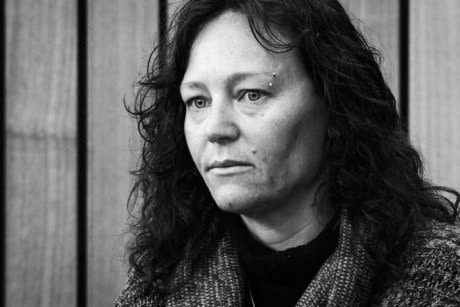
Heidi Wailes. Photo: ABC News
Heidi Wailes. Photo: ABC News
The inquest found flaws in Ms Wailes’ story. She claimed to have visited Belinda’s residence the day after she supposedly disappeared, finding the residence in a disturbed state however she never reported it to the police.
The inquest found she had a close relationship with a noted person of interest, her ex-boyfriend Jeremy Douglas. Belinda had expressed fears of Douglas who was regarded as a domestic abuser with a violent temper.
While Douglas has always been presented as the prime suspect in the eyes of the police, there is no evidence tying him to the disappearance of Belinda.
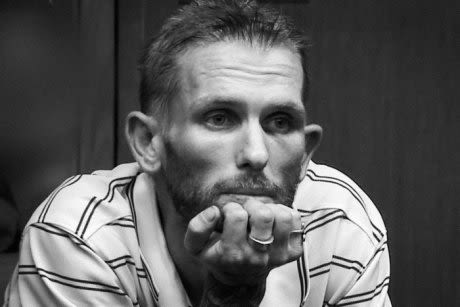
Jeremy Douglas. Photo: ABC News
Jeremy Douglas. Photo: ABC News
While in the witness box, Ms Wailes became increasingly stressed and appeared to be on the point of breaking, lashing out at both Coroner McMahon and Mr Strickland.
"Everyone in the room that day that Heidi Wailes was in the inquest box, thought we were five seconds from hearing the truth, it looked like she was about to break."
Unfortunately, they gave her a break from the stand, a choice that in hindsight was a critical mistake.
Footage from Ms Barrow’s documentary appears to show that Heidi Wailes was intimidated outside as both Jeremy Douglas and another suspect were seen closely speaking to her.
“Once she came back in, she clamped up, it was obvious she had been threatened or told to keep quiet,” said Mark Wearne.
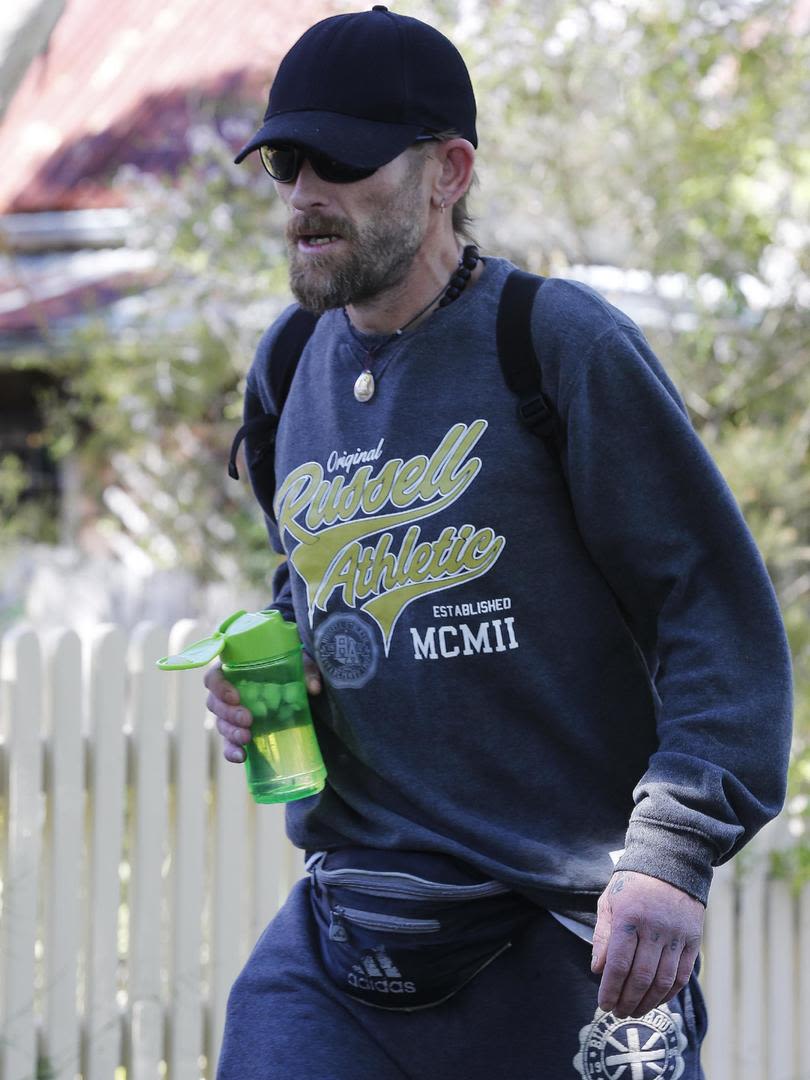
Jeremy Douglas. Photo: Daily Mail
Jeremy Douglas. Photo: Daily Mail
“All he had to do was ask her, who killed Belinda. She was totally hysterical, but she was given a break…it was that close.”
Intimidation outside of the inquest was a common theme that many involved observed and just one more obstacle that Mr Strickland had to face.
“I have no doubt there was a lot of bad stuff going on during that inquest. I was not happy with what was going on behind the scenes,” said Mr. Strickland.
There were numerous reported cases of coercion by witnesses on the stand, and many directly stated they were afraid of what would happen to them.
“Fear continues to play a key role in that circle, even to this day," said Mr Wearne.
Ms Wailes admitted to stealing property from Belinda’s residence after her disappearance which brings up the question as to whether or not she knew that Belinda wasn’t coming home.
This pathway of enquiry is just one of many that doesn't have enough evidence to be properly pursued.
“So often with the Peisley case there was so much evidence, but there were never enough legs for there to be a conclusion,” said Ms Barrow.
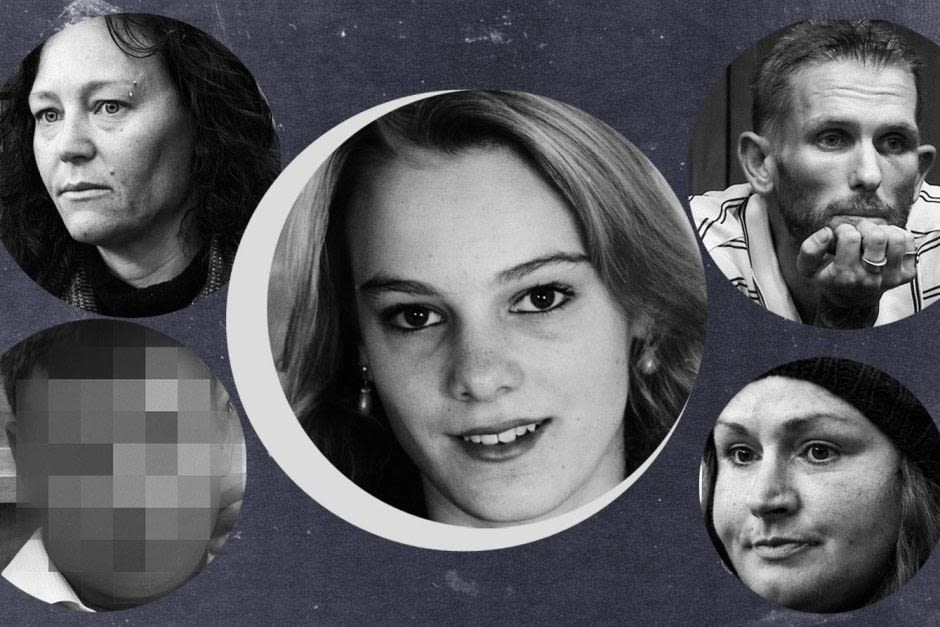
The suspects surrounding the case. Photo: ABC News
The suspects surrounding the case. Photo: ABC News
“Somebody in the mountains knows where Belinda Peisley’s body is, someone knows what happened and I would say that it’s more than one person that knows.”
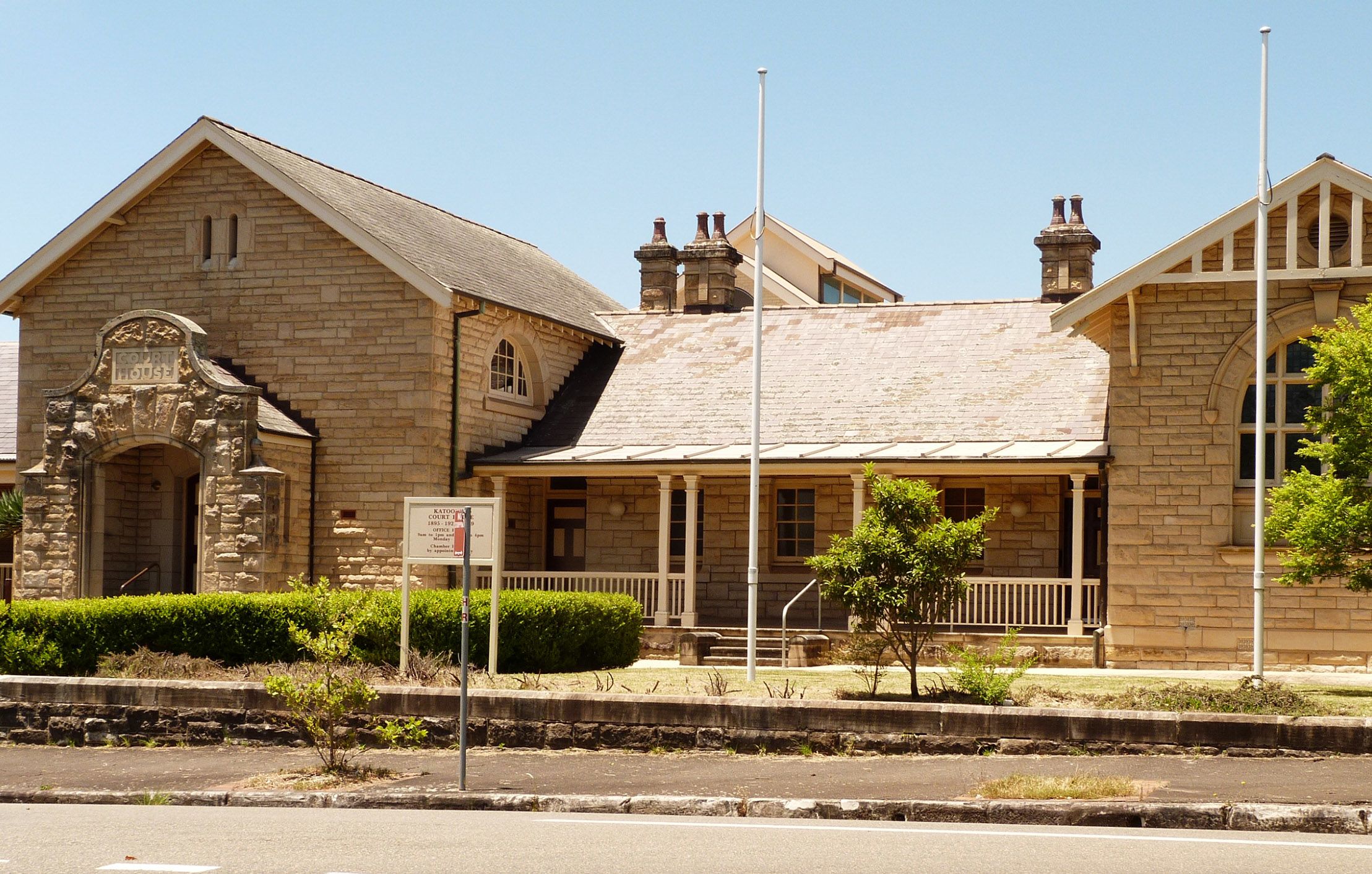
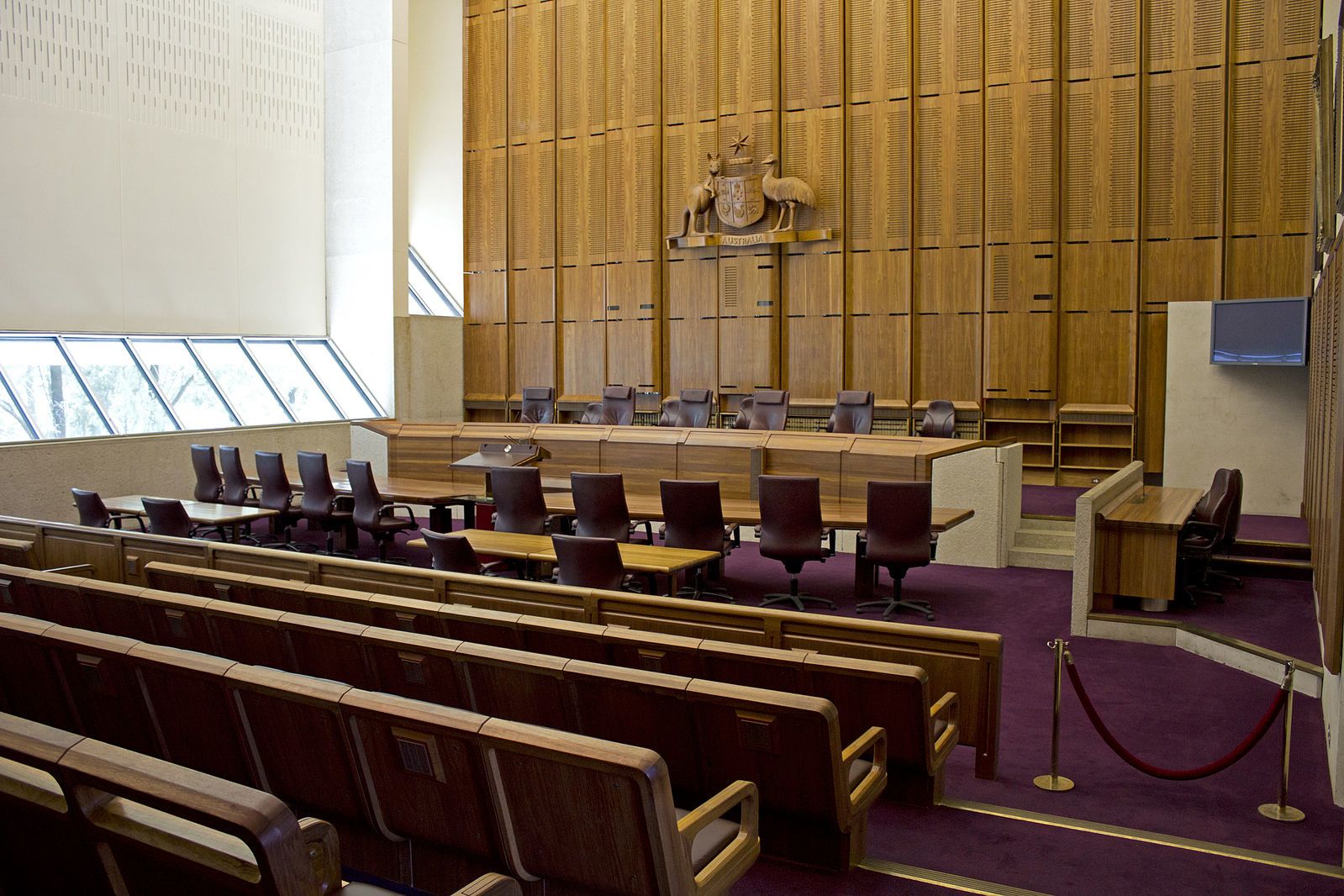

A Lasting Legacy for the Future
Currently in Australia, we have 2,600 long-term missing persons which are classified as any individual who has been missing for three months or more.
For every missing person reported it is stated that at least 12 other people are affected whether it is emotionally, physically, psychologically, or financially. For many, the trauma associated with not knowing the whereabouts of a loved one is immense.
Jodie McEwan works at the National Missing Persons Coordination Centre. “Unless you have lived experience from someone going missing in your life, it’s very hard to understand the experience of those families.”
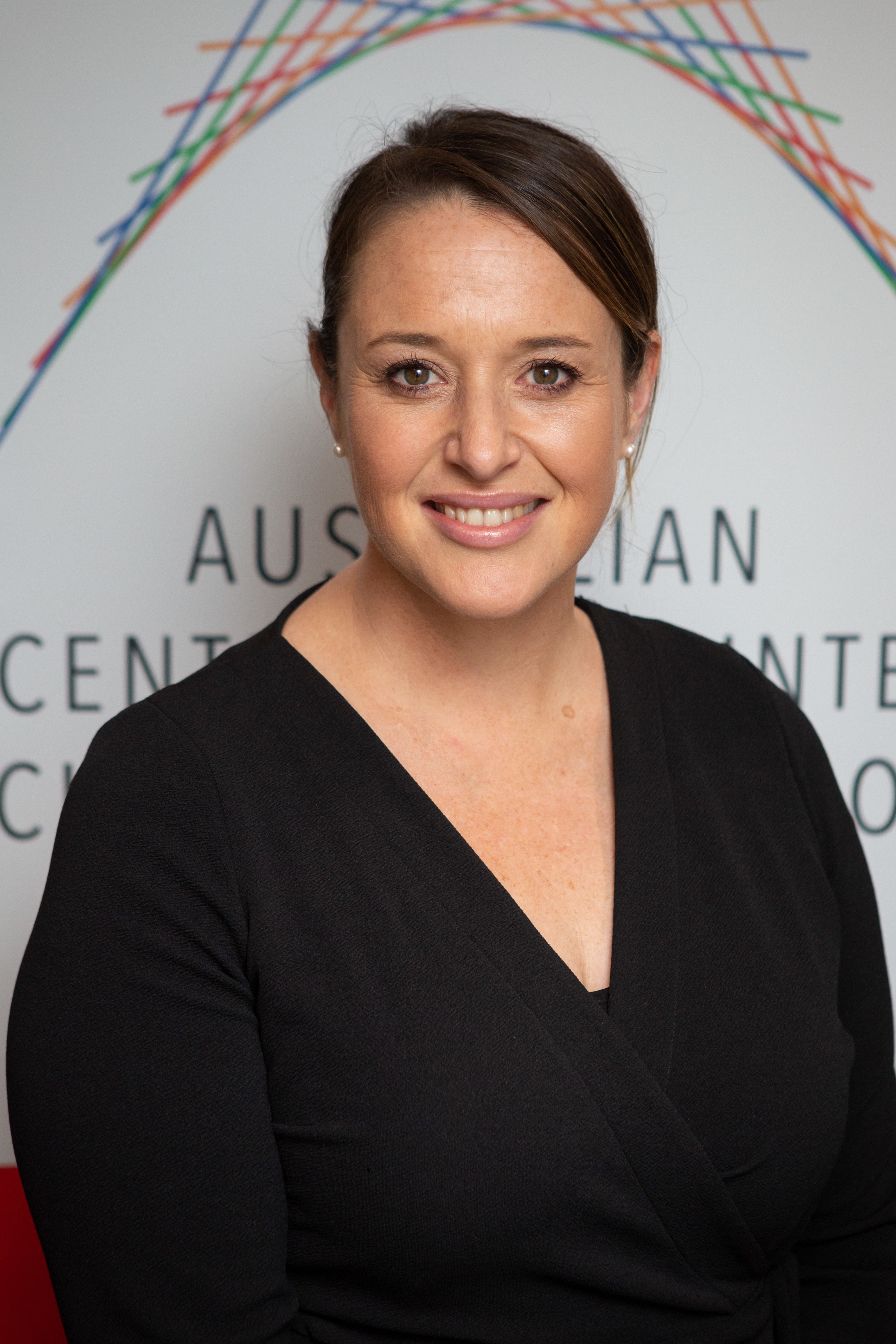
Jodie McEwan, Photo: Supplied
Jodie McEwan, Photo: Supplied
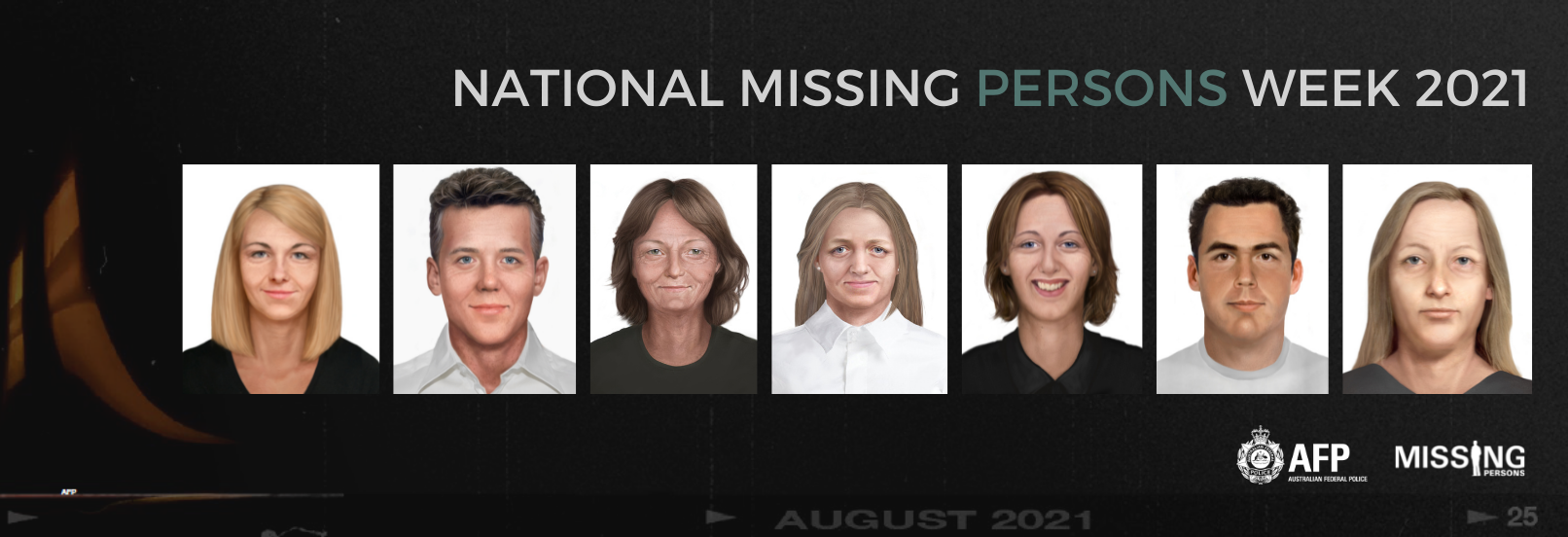
NMPCC Missing Persons Week 2021, Source: AFP
NMPCC Missing Persons Week 2021, Source: AFP
“They (the families) talk about being stuck in a cycle of grieving and hope...not being able to close the door on what happened," said McEwan
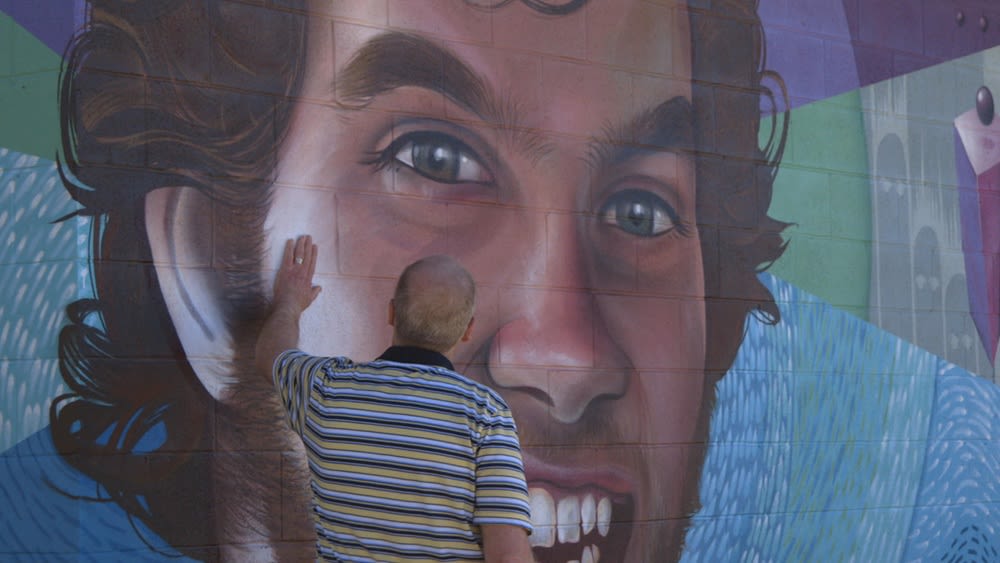
Missing Persons Wall (Melbourne, Australia), Photo: Screen Australia
Missing Persons Wall (Melbourne, Australia), Photo: Screen Australia
Belinda Peisley’s family has never been able to close that door.
“We just want to know the truth. We don’t have a body to bury, we can’t even have a proper funeral,” said Mr Wearne.
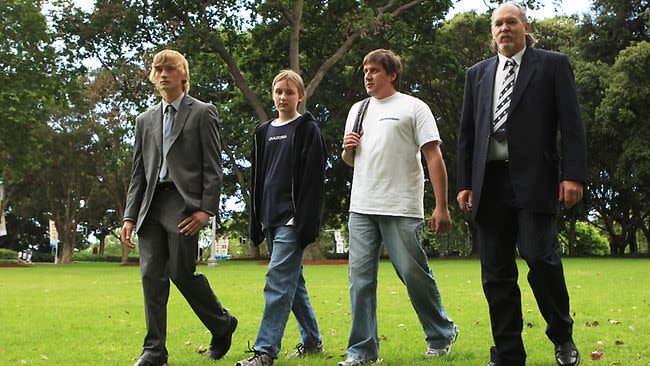
Peisley Family. Source: Daily Telegraph
Peisley Family. Source: Daily Telegraph
Belinda’s sons have grown up without a mother and both Mark and Lesley have had to continue living on, not knowing what happened to their daughter.
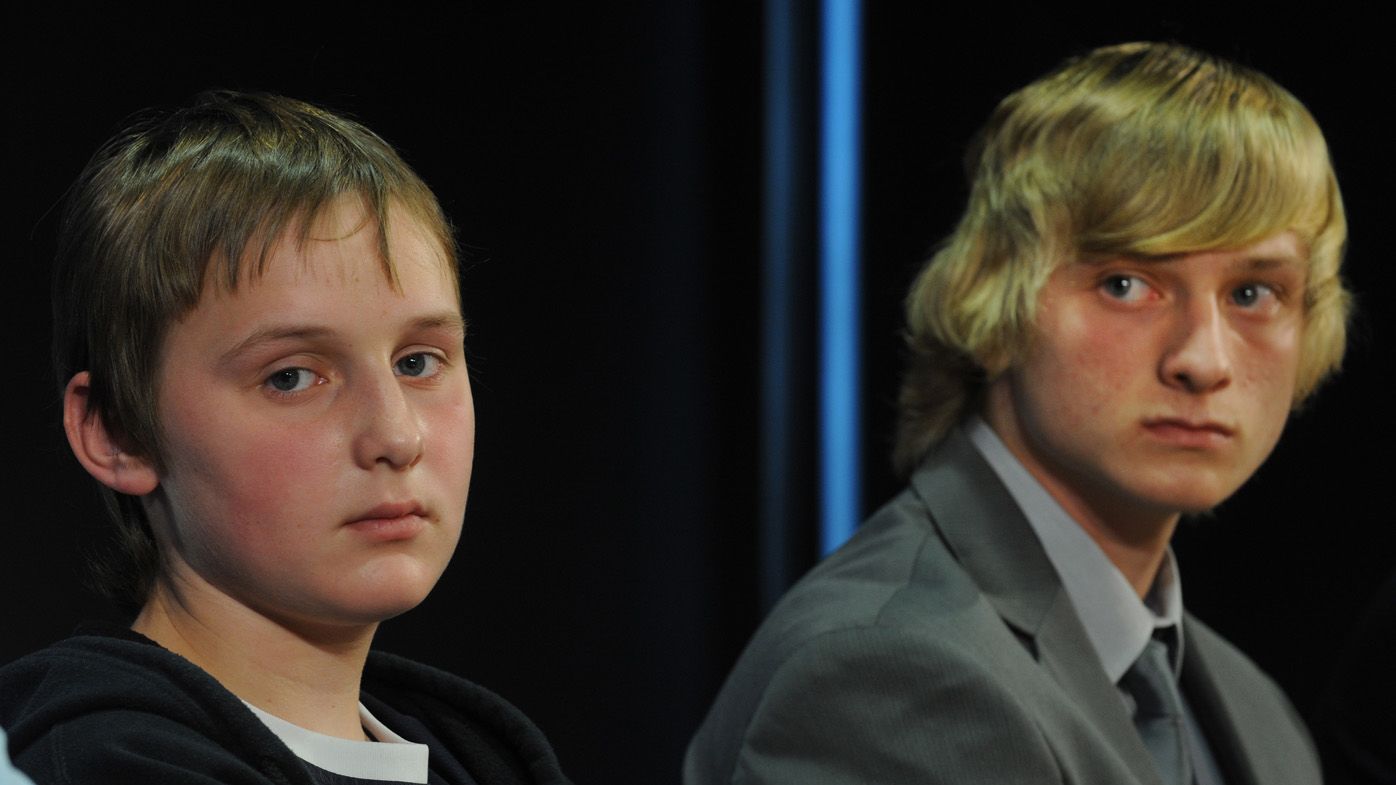
Belinda Peisley's Sons. Source: 9 News
Belinda Peisley's Sons. Source: 9 News
People can go missing for a number of reasons. They can disappear of their own volition or as a result a number of other reasons including absconding, mental health or to escape the lives they are leading.
In Belinda’s case, the evidence presented shows that this most likely wasn’t the case.
Helen Barrow suggests that a level of tolerance and respect for your own community could help prevent stories like Belinda’s from becoming a cold case.
“There is a duty of care for the community as well as the police…If the police don’t bother to attend or someone hears something and doesn’t report it then it comes back to the community and who’s looking out for who,” she said.
It appears to be that there is a different attitude perpetuated towards those in certain groups.
“Where drugs are involved, the community as a whole has little if any tolerance,” said Mr Wearne.
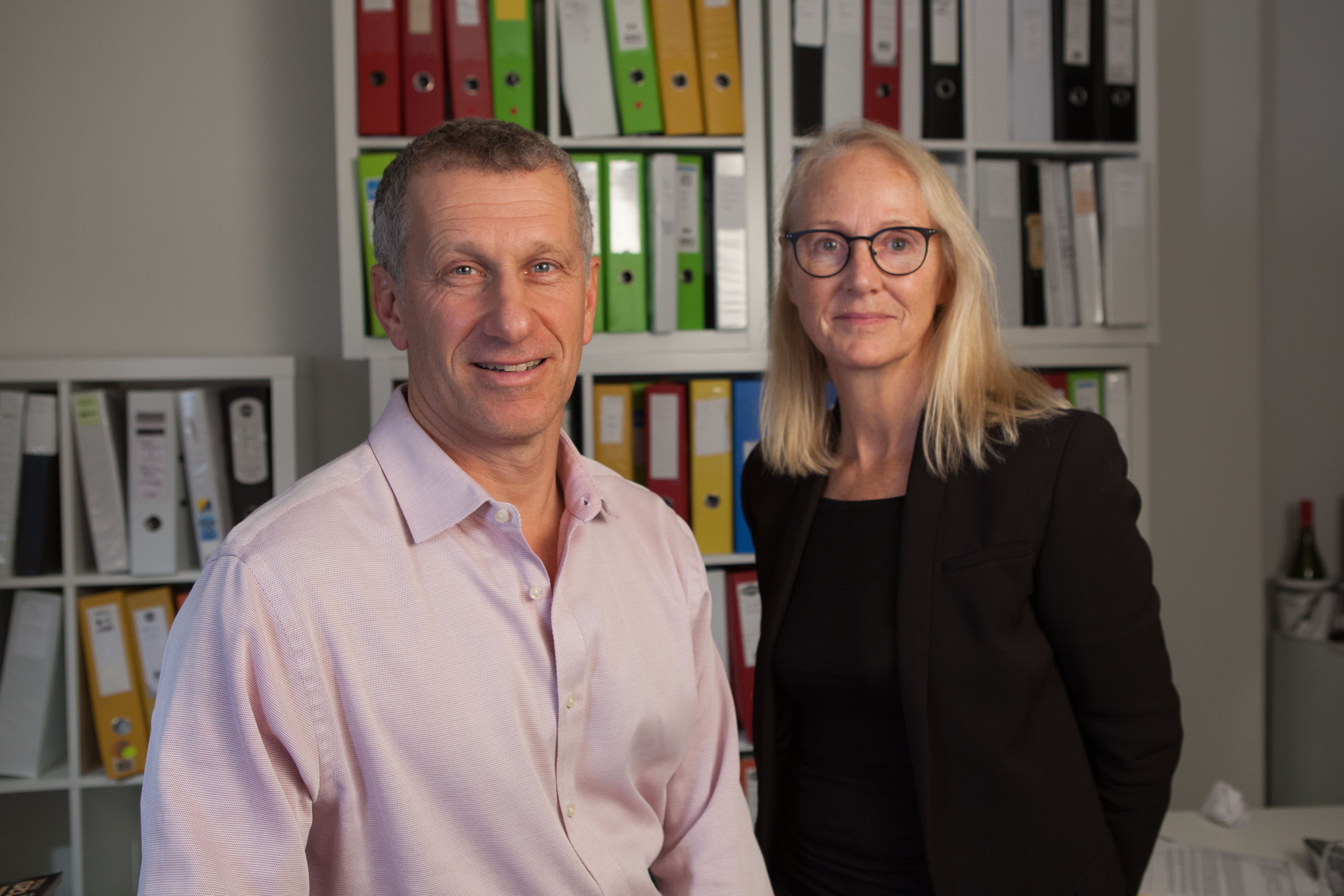
Phillip Strickland (Left) & Helen Barrow (Right). Source: Supplied
Phillip Strickland (Left) & Helen Barrow (Right). Source: Supplied
Barrow advocates we look out for one another as we would our own. She believes this is essential to help resolve future missing persons cases and help to ensure they don’t remain as unresolved as Belinda’s.
Phil Strickland echoes a similar sentiment. “We all need to pay a lot of attention to violence and have no tolerance or excuse for it in any form. There is a level of accountability for all of us to ensure we don’t perpetuate the cycle of violence.”
“There were alarm bells going off about the Peisley case from the first moment, but unless people find the courage to speak up, we may never be able to resolve it.”
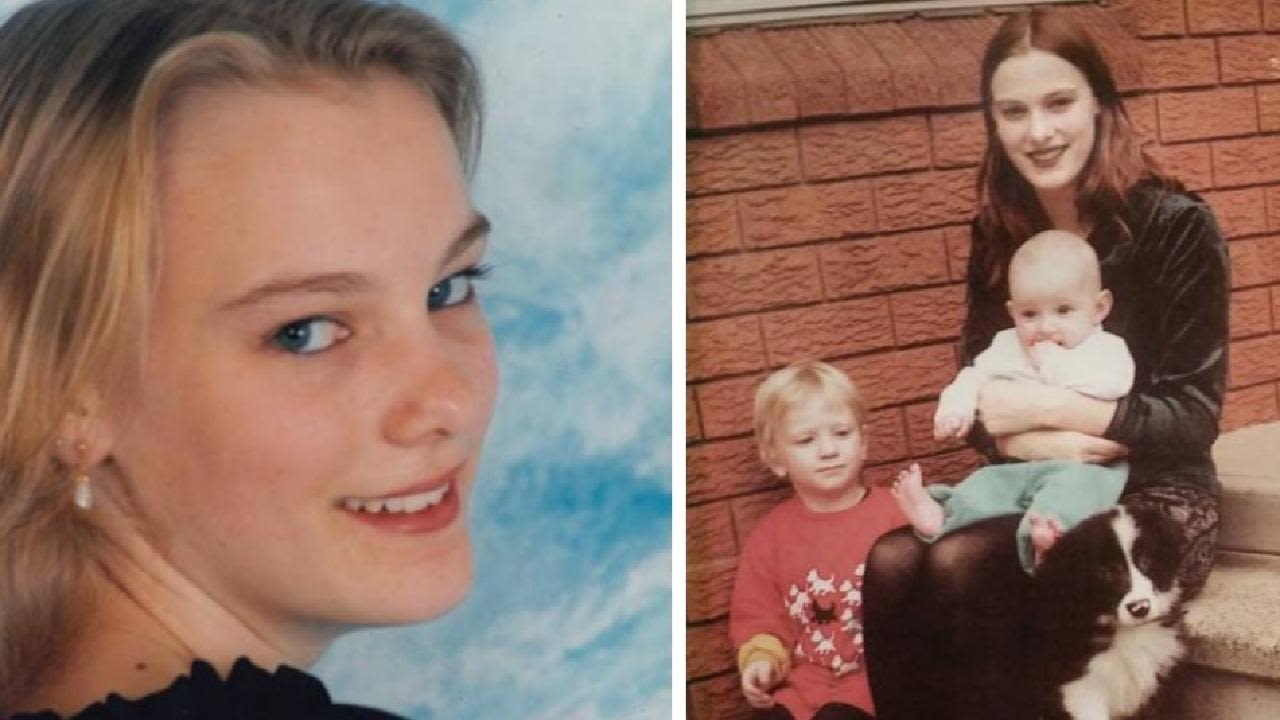
Source: Ballina News
Source: Ballina News
Dedicated to Belinda Peisley (1979-1998)


If you have any information in regards to the case of Belinda Peisley or any other missing person case, Contact Crime Stoppers on 1800 333 000

